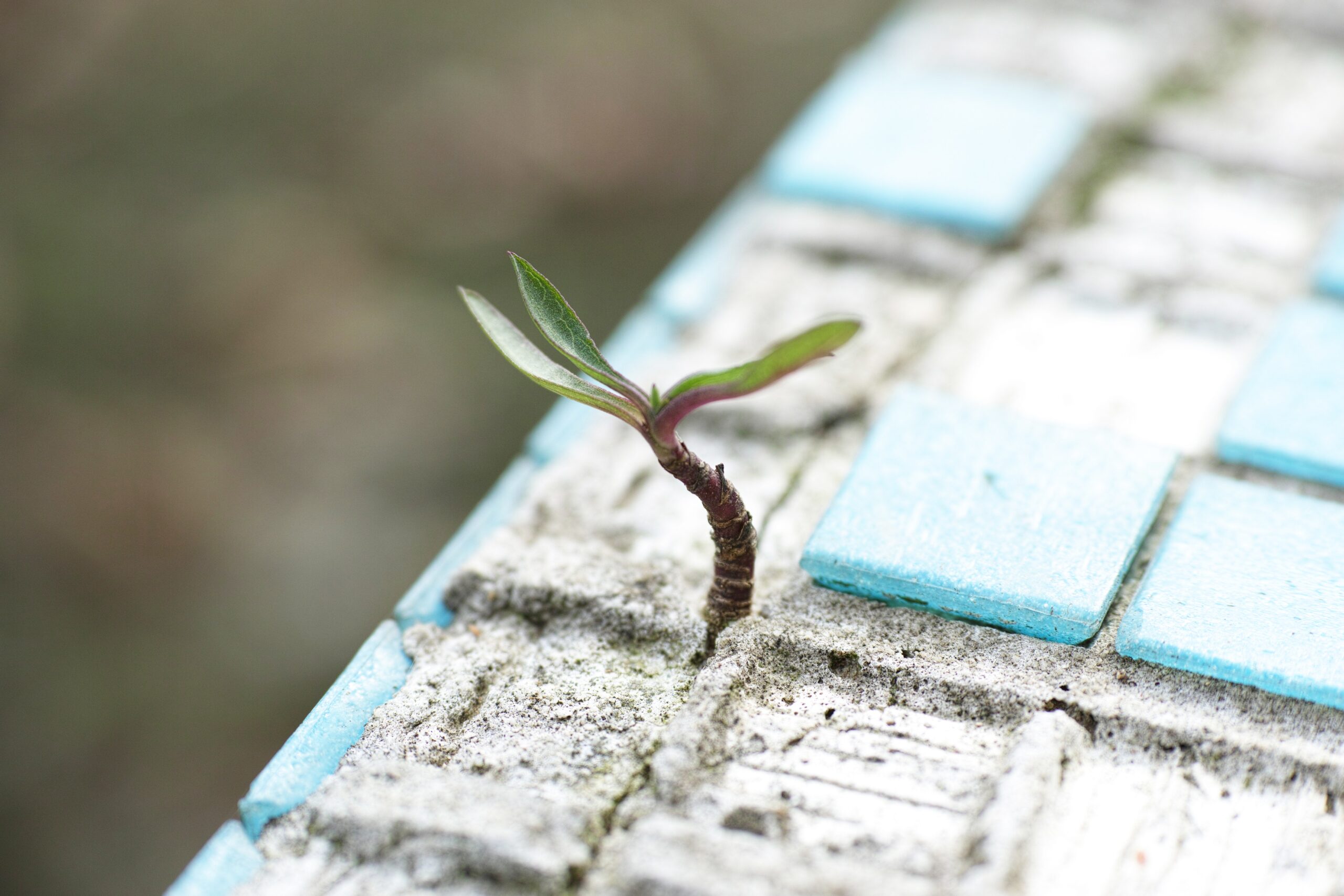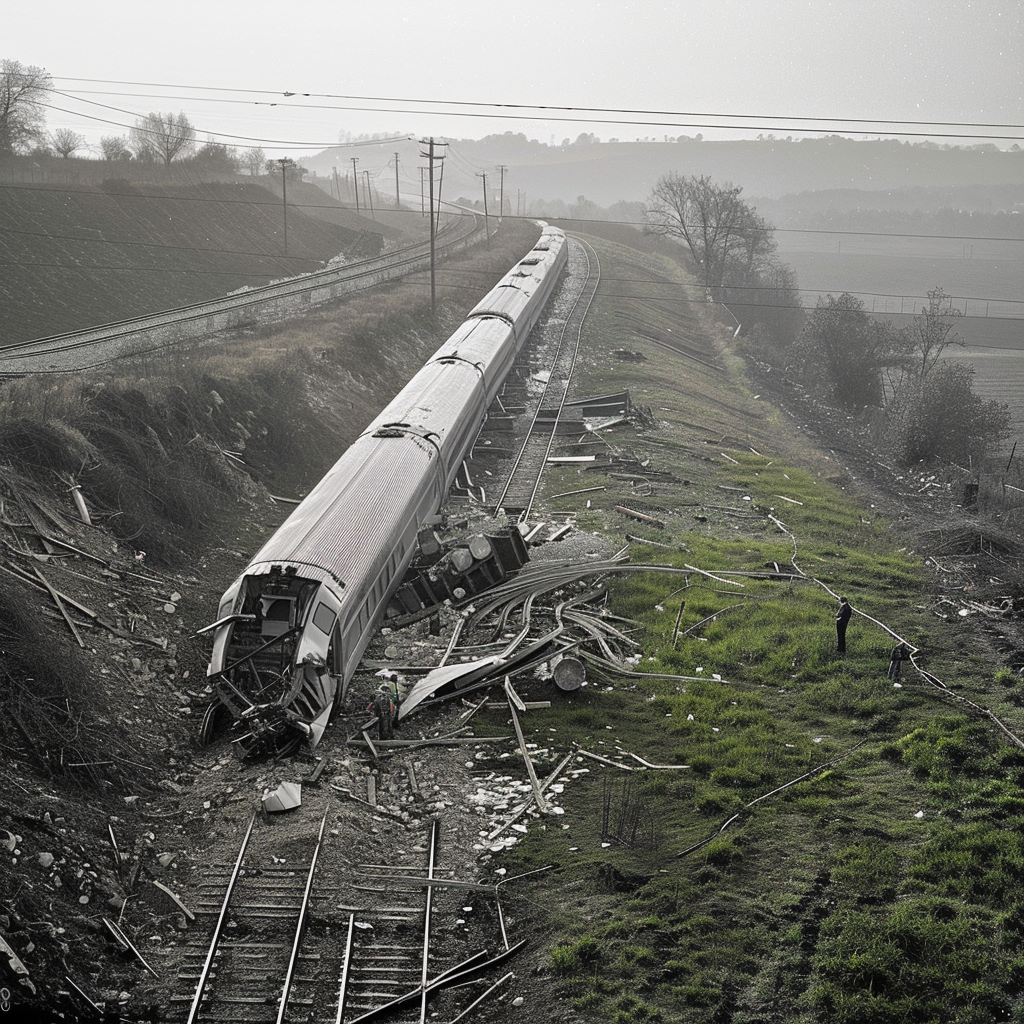In increasingly turbulent times, one of the most important skills any leader can have is the ability to remain resilient, to bounce back from adversity. Fortunately, it’s a skill that can be practiced and improved. This personal reflection is a simple way to assess your performance over the year, and identify how to better respond in the future. We recommend doing this again at the end of each quarter: as reflection benefits from rhythm and structure, make notes of changes and challenges while they are fresh, and use your new awareness to help inspire new habits and rituals.
- Dedicate time to reflect. Find some uninterrupted time—at least an hour, ideally—somewhere quiet and away from distractions. Set up some paper (11×17 or easel-size Post-Its) and a few different colored markers, plus a notebook to capture thoughts and insights.
- Create your canvas. On your large piece of paper, draw two lines. The x-axis should plot the calendar year, from January to December. The Y-axis is your level of engagement.
- “Engagement” will look different for everyone, so spend a few minutes journaling about what that looks and feels like to you. For example, high engagement might look like a balance between team collaboration and solo-time, a manageable level of stress, and strong sense of personal agency, while low engagement might look like being heavily into the weeds of a project, or working on lots of administrative tasks with lots of screen time.
- Identify major milestones. Now, spend a few minutes thinking through the last year and write a list of the major “events”—the projects, decisions, transitions, and achievements you made or were part of. Focus on the eight most impactful first—especially those that were new, challenging, and involved others.
- Map out milestones. Plot your milestones on your canvas, aligning them to when they happened and the impact they had on your engagement.
- Reflect. Take a step back and use the following prompts to dig deeper. First, look at the individual events, and then the entire flow of the year:
- Context: Who was involved? Where were you when you did the work or made the decision? What preceded it and followed it? Did you celebrate it?
- Meaning: How did you use your skills, make a difference, or serve others? Who benefited?
- Challenge: What was hard or easy? Did you feel in control of the situation? How did you grow as a result?
- Ease: When did you feel like work and personal selves were well balanced? How often did you feel like you were working from your “sweet spot” — that is, effective, effortlessly absorbed, and inspired?
- Look for themes. What do you see in terms of themes and patterns? What feels significant? What insights could be useful in shaping your work patterns next year?
- Evaluate your energy levels. Now that you’ve summarized the year, it’s time to think about how your “energy” showed up. Think of this as your motivation or drive—why you keep showing up, beyond a paycheck. There are four kinds we draw on to be effective, especially in our response to challenges:
- Physical Energy: Healthy habits such as regular sleep, stress-management, good nutrition, and activity impact our basic energy sources, and our ability to manage our emotions and think clearly.
- Mental Energy: Mental energy is connected to how well we can focus our energy. When it’s high, we’re able to think quickly and clearly, accurately and creatively.
- Emotional Energy: When people are able to take more control of their emotions, they can maintain the quality of their energy, regardless of external stressors. By learning to manage your triggers and turning negative stories we tell ourselves into more hopeful ones, our emotional energy stays strong.
- Energy of Purpose: When we do work that matters to us, it’s easier to stay motivated in the face of adversity. To maintain our drive, we need to get clear on our priorities and values, act with integrity, and ensure we consciously allocate time and energy to all the areas of our life that matter to us—not just work.
- Reflect. Work your way through the different energy types, tuning into the individual events. Then, using a different color for each, connect the dots so you can clearly see how the four sources of energy ebbed and flowed throughout the year. Step back and ask:
- How strong was each energy throughout the year? Was there a “usual” or norm that could serve as a baseline?
- What was the impact that the different types of energy had on your well-being?
- If one type of energy was really high or low, why? What happened?
- What energy did you use for the challenging moments?
- Looking back on your year, where was energy missing when you needed it?
- What connections do you see between the four areas?
- Focus on the future. Finally, with a mindset of growth and curiosity, journal on the change you hope for next year:
- How would you like to show up in the four energy areas next year?
- What small steps can you do to strengthen and replenish your energy where it seems to be lacking?
- Are there any energy drains that you need to plug? What steps could you take to get there?
- What changes could you explore in the context, contribution, challenge that make up your work? What would bring you greater ease?
- Are there projects or initiatives that you know could be a skateboard to try things on?
- Who could you share a summary of this reflection with and invite as a resilience buddy?













